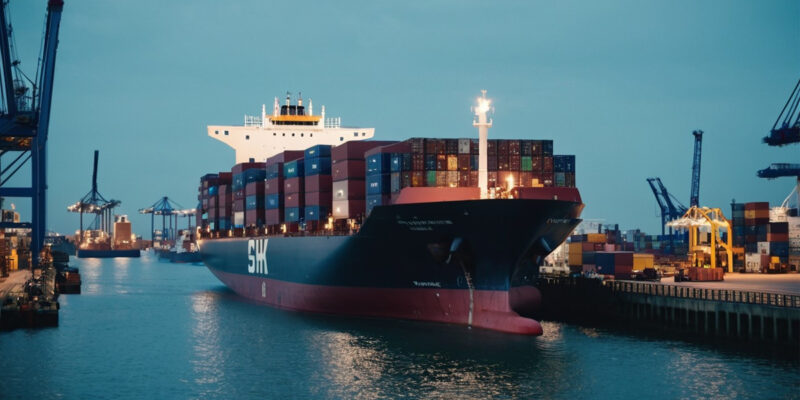The PPI was up substantially this morning. It is generally a leading precursor to consumer inflation as measured by the CPI. In effect, the PPI is telling us that inflation and possible economy-wide repercussions are waiting in the wings.
President Trump’s tariff strategy as currently playing out, part of an overdue trade strategy overhaul, can be viewed as having a few distinctly different goals and effects. In light of this the potential rise in consumer prices must be viewed as a direct result of his trade policy implementation.
The main stated goal is to bring manufacturing back to the US. There are debates on the risk/benefits of such a strategy, but clearly in at least some strategic areas it is important to achieve. The questions are will US consumers really care where their products come from and more versus their cost, and will US workers will be willing to work in blue collar manufacturing much as their grandfathers did. Part of the question falls to whether suppliers may “eat” increased costs for a time, as producer costs rise, and once foreign competition dries up there is no doubt that consumers will see higher prices going forward.
A more subtle goal is to force trading partners into fair and free trade, not just free trade. Too many trading partners have taken advantage of the US mindless push for free trade and have created their own protection barriers to fair trade. Correction of this issue is way past due and, unlike any post WWII predecessors, Trump has shown the courage to undertake such a realignment. I don’t believe that Japan will buy US-manufactured cars, for example, but they could buy US parts and intellectual creations.
Finally, Trump is using tariffs as a tool in international relations. President Trump is tapping the power of the American consumer market to leverage his efforts to align foreign relations with US interests. The best example perhaps are the very high tariffs placed upon India. Clearly these were not just a tool to realign trade issues, they were an effort to force a wedge between India and Russia and to pressure Russia to end the Ukrainian war that it started.
Though it may well be an anachronism as American workers have long become accustomed to high wages and benefits offered by the current state of manufacturing, without a doubt the effort to shift more manufacturing to the US is a laudable goal. It is highly doubtful that workers will be interested in working in low wage jobs offered in much of the potentially reshored manufacturing sector that the tariffs seek to attract, for instance consumer goods. That being said for US security reasons alone domestic manufacturing of many strategic goods, such as drugs and high tech hardware, and the development of intellectual properties are critical.
And with the coming advent of robotics on a wide scale, a highly-productive US factory might need only a fraction of the labor force that a mid-20th century factory did. This development likely alters the economics of American manufacturing in ways the experts have not fully processed.
The political repercussions of all of this are still up for debate. In the long run, Trump’s efforts will recast the entire structure of world trade, probably a good thing for the US. But, despite the talking point that manufacturers and suppliers will eat the tariff costs, there is no doubt that in the short term the US consumer will see higher prices.
So politically two questions emerge. Will US voters see the benefits behind Trump’s strategy and be willing to accept higher costs in exchange for a stronger US economy? And will the timing of economic stresses be such that the GOP can keep control for long enough to lock in the changes?
I suspect that the unrest about rising prices that US consumers feel will start to have political repercussions very soon (perhaps based upon the rise of the socialist wing of the Democratic Party it may already be in play). Then the question arises, how damaging will such an undercurrent be to the potential election of a GOP successor to Trump in 2028? Trump’s strategy will take far longer to ingrain itself than he has time for, and a resurgent Democratic Party in ’28 will most likely seek to undo all that Trump has done.
International trade policy is complex and evolving. In order for Trump’s vision to survive it will require that he sell his vision of a new world trade structure to the American people, their buy-in, and the patience of the voters. Further, for it to be rooted deeply, it will require a successor president willing to stay the course.
My expectation is that this era, the era of Trump leadership and vision on trade, will be the subject of doctorial dissertations for decades to come. In the end his concepts may be viewed positively, but their execution differently. I am convinced that some of Trump’s policies are not good for the US economy, but I am also convinced that the harmful ones will be altered or eliminated. Taken in whole Trump’s bold move on trade policy is as courageous as any political effort in my lifetime and, if allowed to mature, will be impactful for decades to come.
Advertisement
Advertisement

